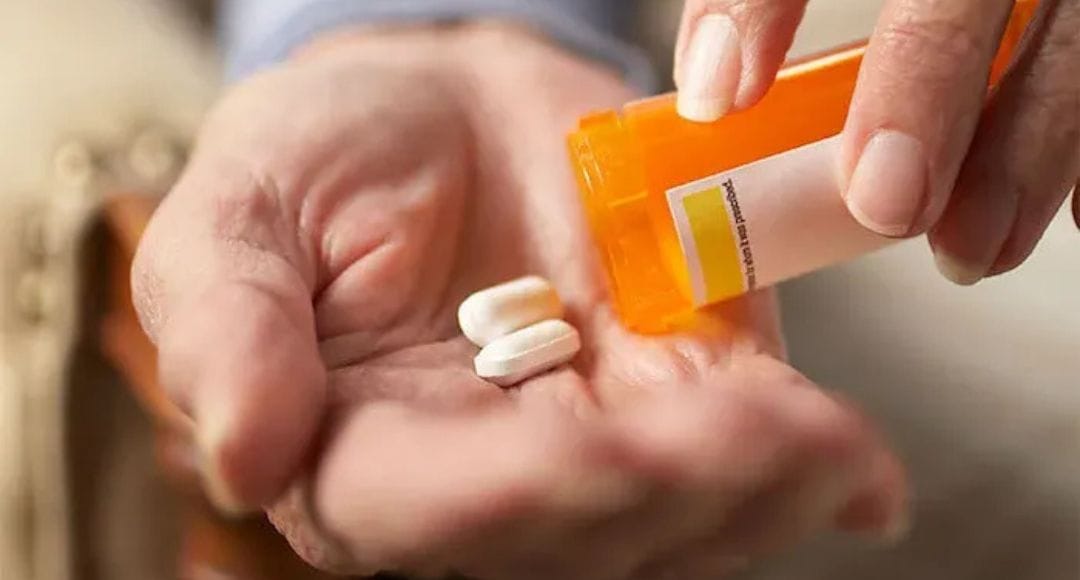Adderall is a prescription stimulant that combines amphetamine and dextroamphetamine. It is primarily used to treat attention deficit hyperactivity disorder (ADHD) and narcolepsy. However, some individuals without ADHD take Adderall for its stimulant effects, such as increased alertness, energy, and focus. While the medication may work differently in people with ADHD, its impact on those without the condition can vary significantly. Understanding how long it lasts in someone without ADHD requires a closer look at how the drug is metabolized and the potential risks associated with its use.
How Adderall Works in the Body?
It works by increasing the levels of dopamine and norepinephrine in the brain. These neurotransmitters play key roles in attention, motivation, and energy levels. For individuals with ADHD, it helps regulate these chemicals, allowing them to focus and control impulsive behaviors. However, in people without ADHD, the drug may overstimulate the brain, leading to heightened alertness, euphoria, or even anxiety and restlessness.
Duration of Adderall’s Effects
The duration of Adderall’s effects depends on several factors, including the formulation (immediate-release vs. extended-release), dosage, metabolism, and individual physiology. Here’s a breakdown of how long it typically lasts for someone without ADHD:
Immediate-Release (IR) Adderall
- Begins to take effect within 30 to 60 minutes
- Peaks at 2 to 3 hours
- Lasts 4 to 6 hours
Extended-Release (XR) Adderall
- Starts working within 60 to 90 minutes
- Peaks at 5 to 7 hours
- Can last up to 12 hours
For someone without ADHD, the effects might feel more intense and could last longer or shorter depending on how their body processes the drug.
Factors That Influence How Long Adderall Lasts
Several factors can affect how long it remains active in the body:
-
Dosage
Higher doses generally lead to longer-lasting effects. However, increasing the dose also raises the risk of side effects such as jitteriness, rapid heartbeat, and insomnia.
-
Metabolism
People with faster metabolisms may process this more quickly, shortening its duration. Conversely, those with slower metabolisms may experience prolonged effects.
-
Body Weight and Composition
Individuals with higher body weight or fat content might metabolize Adderall differently, potentially extending or shortening its duration.
-
Food Intake
Taking it on an empty stomach can lead to quicker absorption and more intense effects, whereas consuming it with food may slow its onset and reduce its peak intensity.
-
Hydration and pH Levels
The acidity of urine can influence how fast it is excreted. Acidic urine speeds up elimination, while alkaline urine slows it down, making the drug last longer.
Potential Effects on Someone Without ADHD
For individuals without ADHD, Adderall’s effects can be unpredictable. Some of the most common experiences include:
- Increased energy and wakefulness
- – Some people use Adderall as a cognitive enhancer or study aid, but the boost in energy can sometimes lead to overstimulation.
- Euphoria and mood enhancement – The surge in dopamine can cause temporary feelings of pleasure or motivation.
- Anxiety or restlessness – Overstimulation of the nervous system may result in heightened anxiety, agitation, or nervousness.
- Increased heart rate and blood pressure – Stimulants can raise cardiovascular activity, potentially leading to palpitations or discomfort.
- Decreased appetite – Many people experience a reduced desire to eat while Adderall is active in their system.
- Insomnia – Taking Adderall later in the day can disrupt sleep, sometimes making it difficult to fall asleep for hours after the drug’s effects wear off.
How Long Does Adderall Stay in the System?
Even after the effects wear off, Adderall can still be detected in the body for an extended period:
- Urine: Up to 48 to 72 hours
- Blood: Around 24 hours
- Saliva: Up to 48 hours
- Hair: Up to 3 months
These detection times may vary based on factors like metabolism, hydration levels, and frequency of use.
Risks of Taking Adderall Without ADHD
Using Adderall without a prescription comes with significant risks, including:
1. Increased Risk of Dependency
Since Adderall boosts dopamine levels, it has the potential for misuse and addiction, especially in individuals using it for non-medical purposes.
2. Cardiovascular Strain
Stimulants can elevate heart rate and blood pressure, increasing the risk of heart complications, especially in those with underlying conditions.
3. Mental Health Effects
Adderall misuse can lead to mood swings, anxiety, paranoia, or even psychotic episodes in extreme cases.
4. Sleep Disruptions
Taking Adderall late in the day can cause insomnia, leading to fatigue and cognitive impairment the following day.
What Happens When Adderall Wears Off?
When the drug leaves the system, many users experience a “crash.” Symptoms of an Adderall crash can include:
- Fatigue and excessive sleepiness
- Irritability or mood swings
- Depression or lack of motivation
- Difficulty concentrating
This crash can be particularly intense in those who use Adderall sporadically or in high doses.
Conclusion
For individuals without ADHD, Adderall’s effects can last anywhere from 4 to 12 hours, depending on various factors like metabolism, dosage, and individual tolerance. While some may experience a temporary boost in energy and focus, the potential risks—including dependency, cardiovascular issues, and mental health effects—should not be ignored. If you are considering using Adderall for performance enhancement or recreational purposes, it is essential to weigh the risks and explore safer, more sustainable alternatives for focus and productivity.



